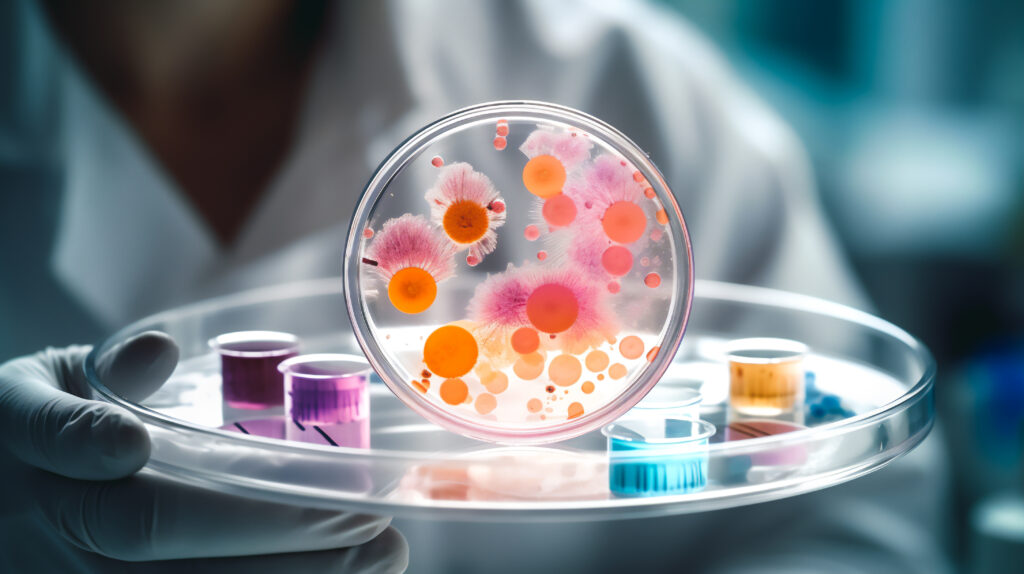The connection between climate change and foodborne illnesses is becoming increasingly apparent, with researchers pointing to a troubling trend: rising global temperatures may be fueling the spread of Salmonella, a dangerous bacteria responsible for food poisoning outbreaks worldwide. While Salmonella has long been a public health concern, scientists warn that climate shifts—such as higher temperatures, extreme weather events, and changing precipitation patterns—are creating conditions that allow the bacteria to thrive and spread more easily.
How Warmer Temperatures Impact Salmonella Growth
Salmonella bacteria flourish in warm environments, and rising temperatures are creating ideal conditions for their survival and proliferation. Warmer weather speeds up bacterial growth, increasing the risk of contamination in food production, transportation, and storage. Studies have found that higher daily temperatures are correlated with a rise in Salmonella infections, as heat can accelerate bacterial replication in improperly stored food, especially meat, poultry, eggs, and dairy products.
Additionally, warmer conditions can lead to increased fly activity, which plays a role in transmitting Salmonella from contaminated sources to food and water supplies. Flies are known carriers of the bacteria, and their activity rises in hot weather, further increasing the risk of outbreaks.
Extreme Weather and the Contamination of Water Supplies
Beyond rising temperatures, extreme weather events—such as floods, hurricanes, and heavy storms—are also contributing to the spread of Salmonella. These events can overwhelm sewage systems, causing contaminated water to mix with clean water sources, leading to outbreaks of waterborne illnesses. Floods, in particular, can carry bacteria from farms and animal waste into drinking water supplies, heightening the risk of widespread contamination.
Droughts also play a role by concentrating pathogens in water sources as rivers and lakes shrink, making it easier for bacteria to reach harmful levels. The combination of changing rainfall patterns and rising heat is reshaping the landscape of food and water safety, making it more difficult to control the spread of harmful bacteria.
Shifting Food Production and Increased Risk
As climate change alters agricultural practices, new risks are emerging in food production and supply chains. Rising temperatures may force farmers to change livestock management strategies, potentially increasing the stress on animals, which can make them more susceptible to Salmonella infections. Factory farming, where large numbers of animals are housed in close quarters, creates an environment where bacteria can spread rapidly, especially under high-heat conditions.
Changes in agricultural irrigation methods due to water scarcity can also contribute to the spread of Salmonella. In some cases, farmers may rely on untreated water sources that could introduce bacteria onto fresh produce, leading to contaminated vegetables and fruits reaching consumers.
The Global Reach of Foodborne Illnesses
Salmonella infections are a major public health concern, causing approximately 1.35 million infections, 26,500 hospitalizations, and 420 deaths annually in the U.S. alone, according to the Centers for Disease Control and Prevention (CDC). As global trade continues to expand, foodborne pathogens are no longer confined to one region. A contamination event in one country can quickly become an international health issue, as food products are shipped worldwide.
The growing risk of Salmonella due to climate change underscores the need for stronger food safety regulations, better monitoring systems, and improved food handling practices to reduce contamination risks.
Addressing the Growing Threat
While the link between climate change and Salmonella spread is concerning, there are proactive measures that can be taken to mitigate the risks. Strengthening food safety regulations, improving cold storage and transportation practices, and investing in better water treatment infrastructure can help reduce bacterial contamination.
On a personal level, individuals can protect themselves by following safe food handling practices, such as cooking meat to recommended temperatures, refrigerating perishable foods promptly, and avoiding cross-contamination in the kitchen. Governments and policymakers must also prioritize climate adaptation strategies that address the evolving risks of foodborne illnesses.
Looking Ahead: The Need for Urgent Action
As climate change continues to alter ecosystems, its impact on public health is becoming more evident. The spread of Salmonella and other foodborne pathogens is yet another consequence of a warming planet, highlighting the urgent need for global cooperation in combating climate change and improving food safety measures.
By recognizing these risks and taking proactive steps, we can help ensure that rising temperatures do not lead to rising rates of illness. Addressing this issue requires a collaborative approach between scientists, governments, the food industry, and consumers to safeguard public health in a changing climate.


